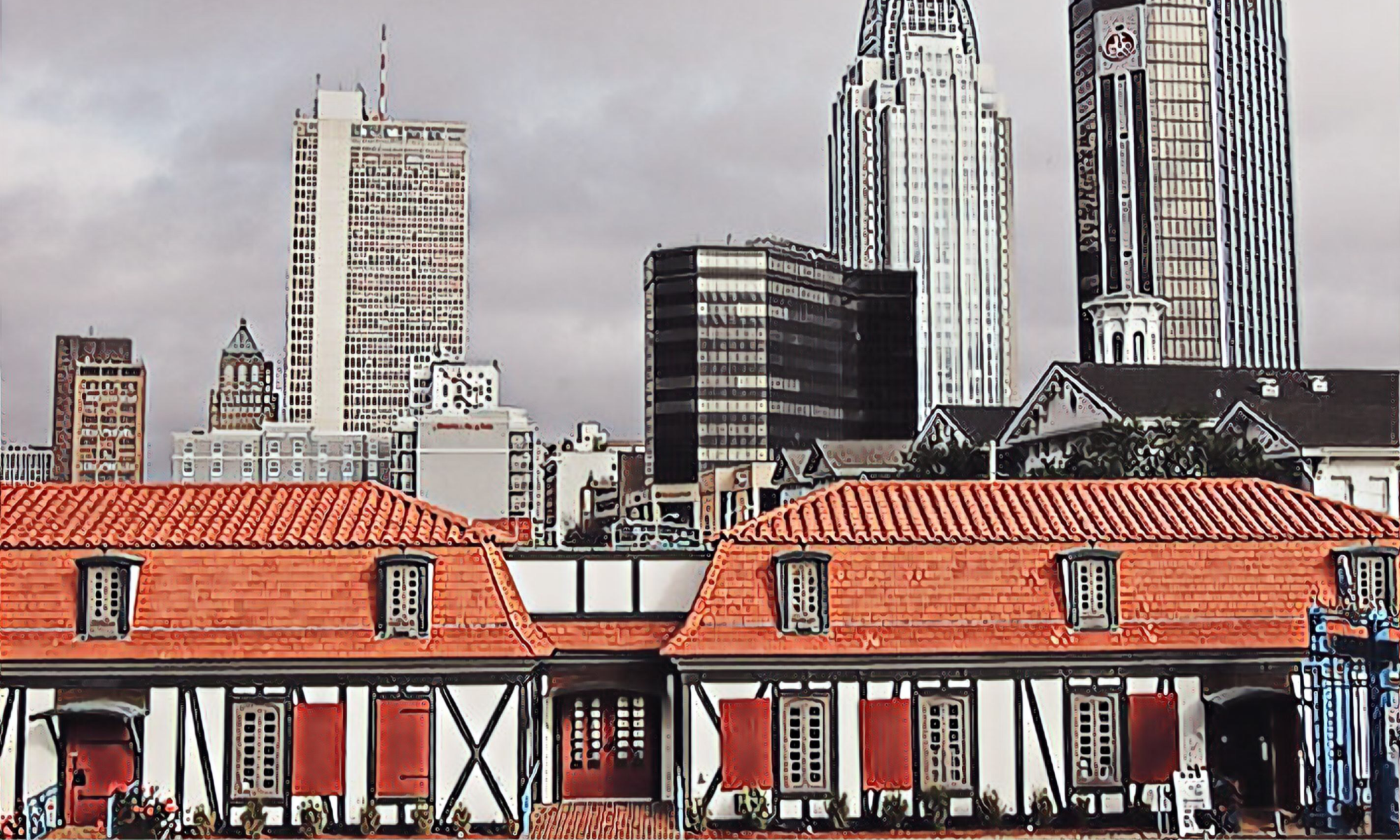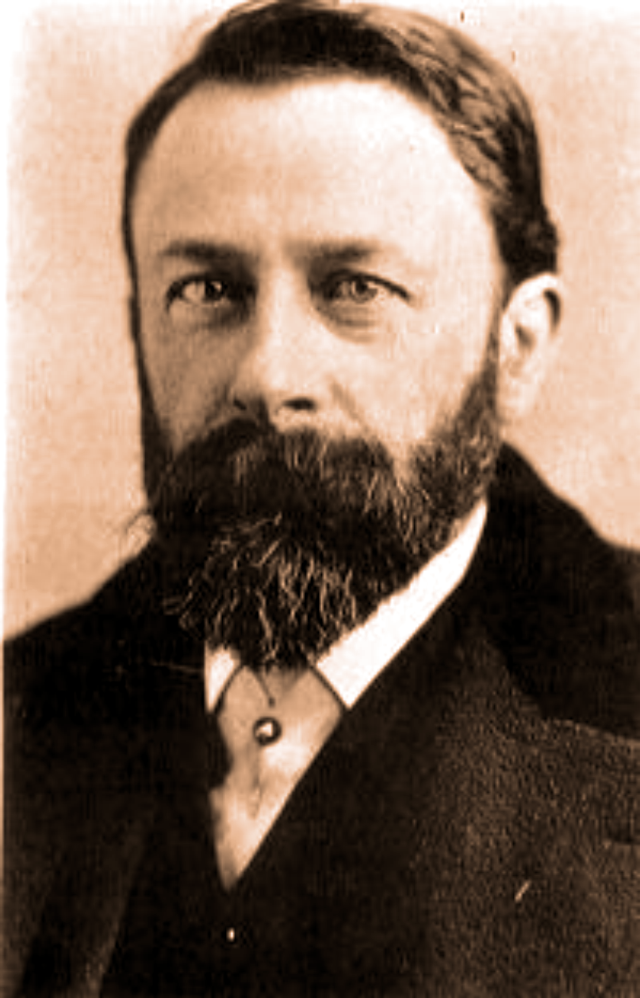Albert Bierstadt (January 7, 1830 – February 18, 1902) was an American painter best known for his lavish, sweeping landscapes of the American West. To paint the scenes, Bierstadt joined several journeys of the Westward Expansion. Though not the first artist to record these sites, Bierstadt was the foremost painter of these scenes for the remainder of the 19th century.
Born in Germany, Bierstadt was brought to the United States at the age of one by his parents. He later returned to study painting for several years in Düsseldorf. He became part of the Hudson River School in New York, an informal group of like-minded painters who started painting along the Hudson River. Their style was based on carefully detailed paintings with romantic, almost glowing lighting, sometimes called luminism. An important interpreter of the western landscape, Bierstadt, along with Thomas Moran, is also grouped with the Rocky Mountain School.[1]
So, we move from moody and dark still lifes to glorious landscapes of the American West, unspoiled at the time by many traces of civilization. The great move west was just beginning, and much of what Bierstadt painted was still as it had been for hundreds if not thousands of years. It’s probably not much of a stretch to imagine people seeing these paintings and thinking, “I want to go there!”


